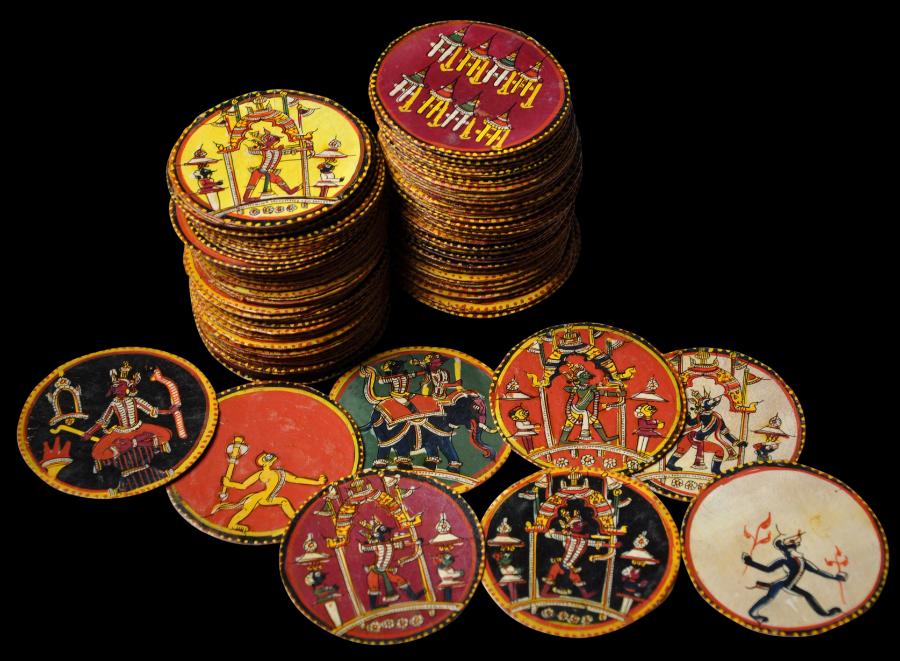The history of gambling is covered with obscurity. However, scientists assert that the concept of gambling is not new and has existed in the world for over a thousand years. But it is not easy to build a coherent picture of gambling’s evolution.
Archaeologists often find objects used in gambling in the remnants of material culture.
The most widespread game in all corners of the planet was original dice. The oldest discovered dice are about 4 thousand years old. By the way, the word “gambling” itself is of Arabic origin, from “azzahr” – “dice”. Often figurines, drawings on stones or ceramics depict people or gods throwing dice (dice is a talus or interphalangeal joint of a sheep or a dog) and using counting boards to count the game results.
Babka is found in large quantities in many excavations of prehistoric human sites from even earlier periods. It is possible that 40000 years ago, people were throwing these dice in games of chance, but the rules and procedures of these games are not fully known, of course. Dice were used both for throwing lots and for gambling. For example, the Aryan invaders of India in the 2nd millennium BC were very fond of gambling.

Cards originated in India. Ancient Indian cards were round, had eight suits, and the deck consisted of 96 cards. The principle of the game was more like chess than modern cards. Among European states on the importance of the card, it is primarily claimed by Italy, where mentions of cards can be found in the documents of the second half of the XIV century. According to researchers, the most ancient card game – tarot – was invented in Italy. Many mentions of games of chance are found in folk tales of different cultures around the world. For example, Greek and Roman myths mention the god of gambling or the god of luck.
The Irish and Scots have tales of extraordinary wagers or bets not claimed by winners. But the most numerous dramatic stories of gambling can be found in the folk literature of Asia, including Southeast Asia, Japan, the Philippines, and India. There are many folk tales of men using their wives, sisters, daughters, their bodies, or body parts as stakes in gambling in Asia. Some of these legends are of ancient origin, some telling of gambling with the gods, while others are entirely secular in nature. Another continent rich in folk tales of gambling is North America. Of all the moderately researched gambling peoples, half are North American Indians.
Roman emperors were very fond of dice and often did so, especially Augustus and Claudius. But everyday Roman citizens were only allowed to play dice during certain seasons. Throughout the Middle Ages, church officials and kings attempted to eradicate gambling, and their failures prove the durability of the craving for gambling excitement.
In 1765 the first roulette device appeared in France. The authorship is attributed to police officer Gabriel de Sartine, who wished to invent a game of chance that would be impossible to cheat. According to another version, roulette is a result of the unsuccessful experiment of French philosopher and mathematician Pascal, who tried to create a perpetual motion machine. The first casino was opened in 1863 by Charles Grimaldi, Prince of the Principality of Monaco. The Italian word itself means “country house”. Slot machines, popularly called “one-armed bandits”, were invented by American mechanic Charles Fey in 1895.